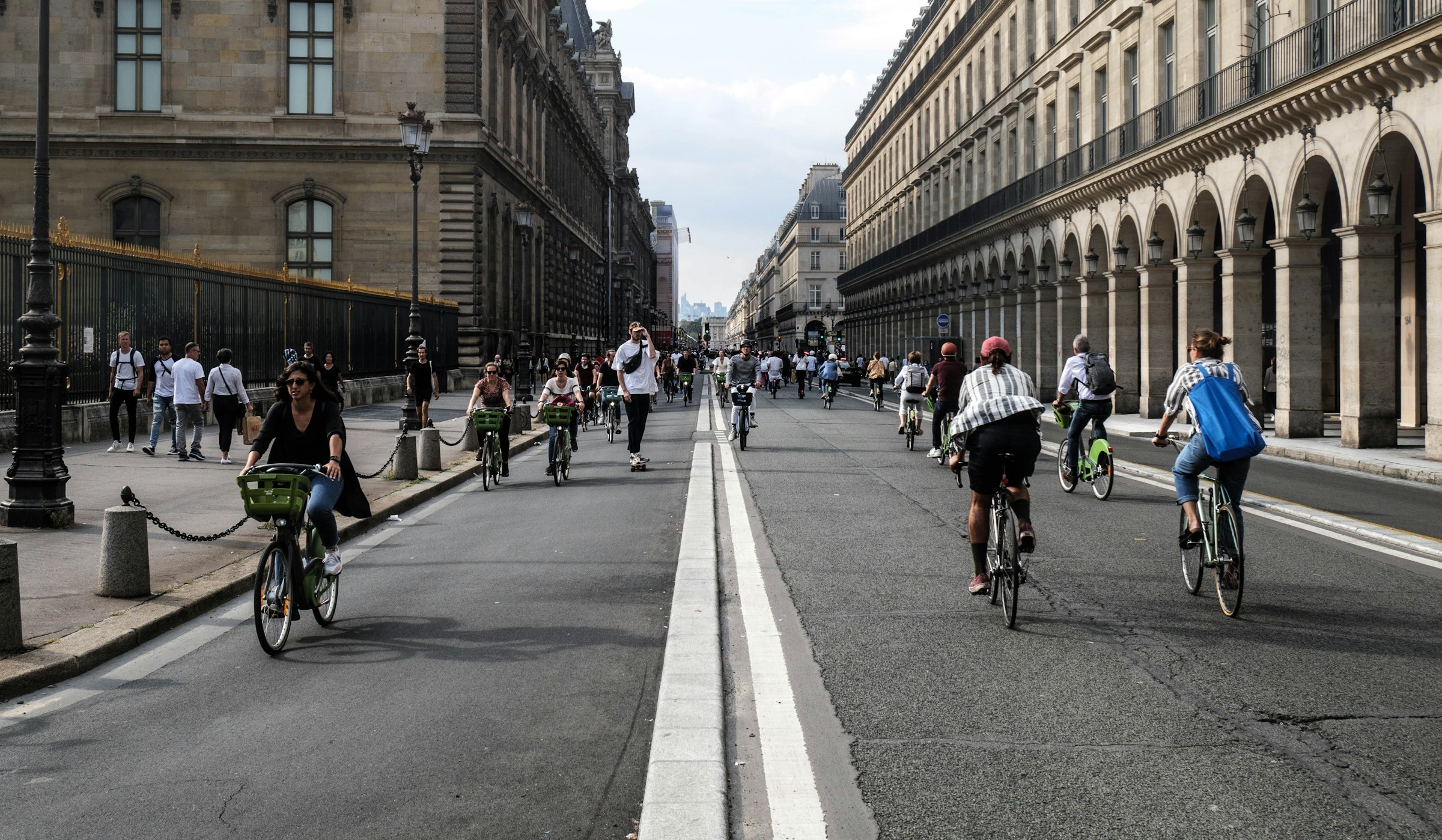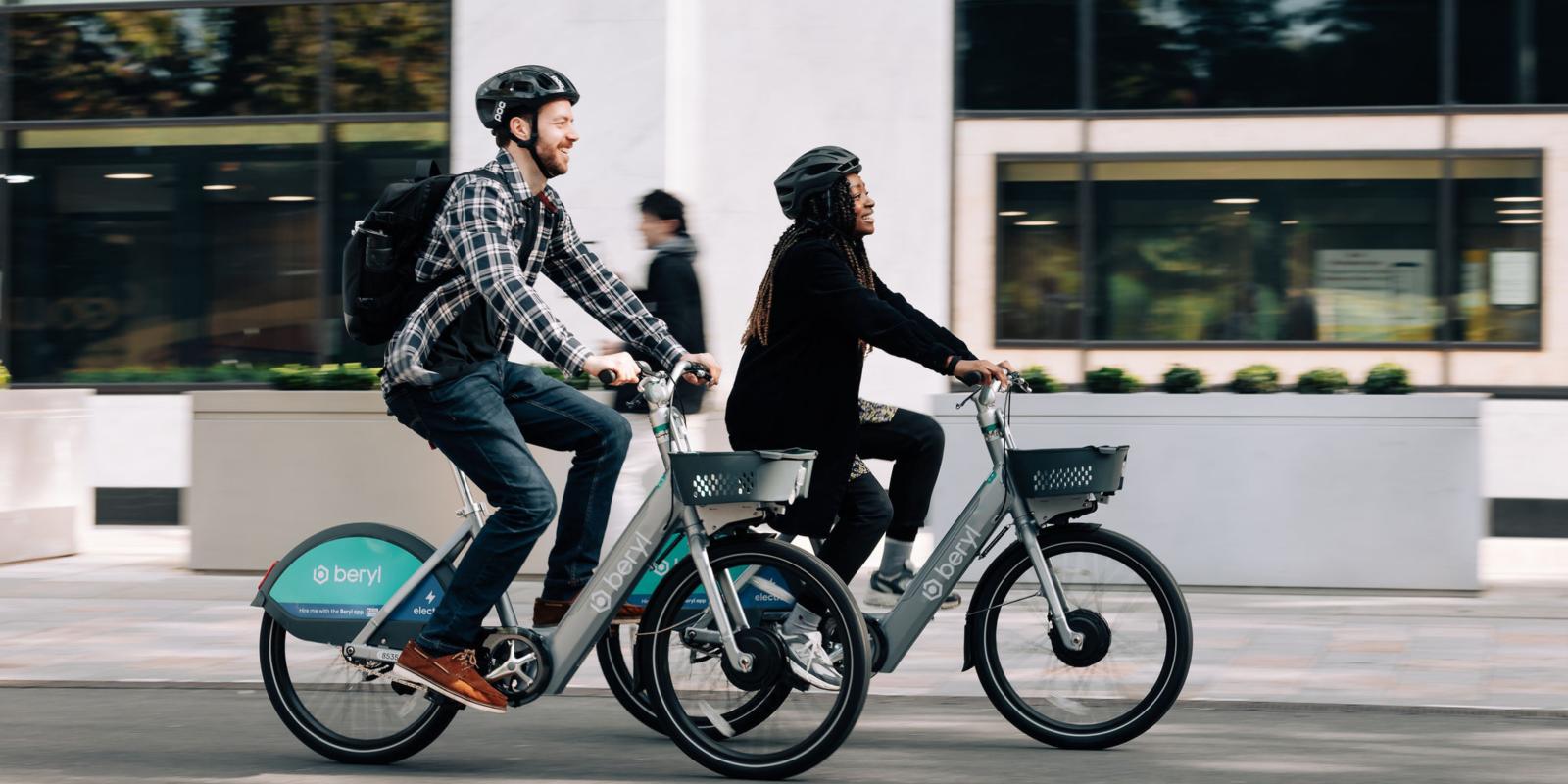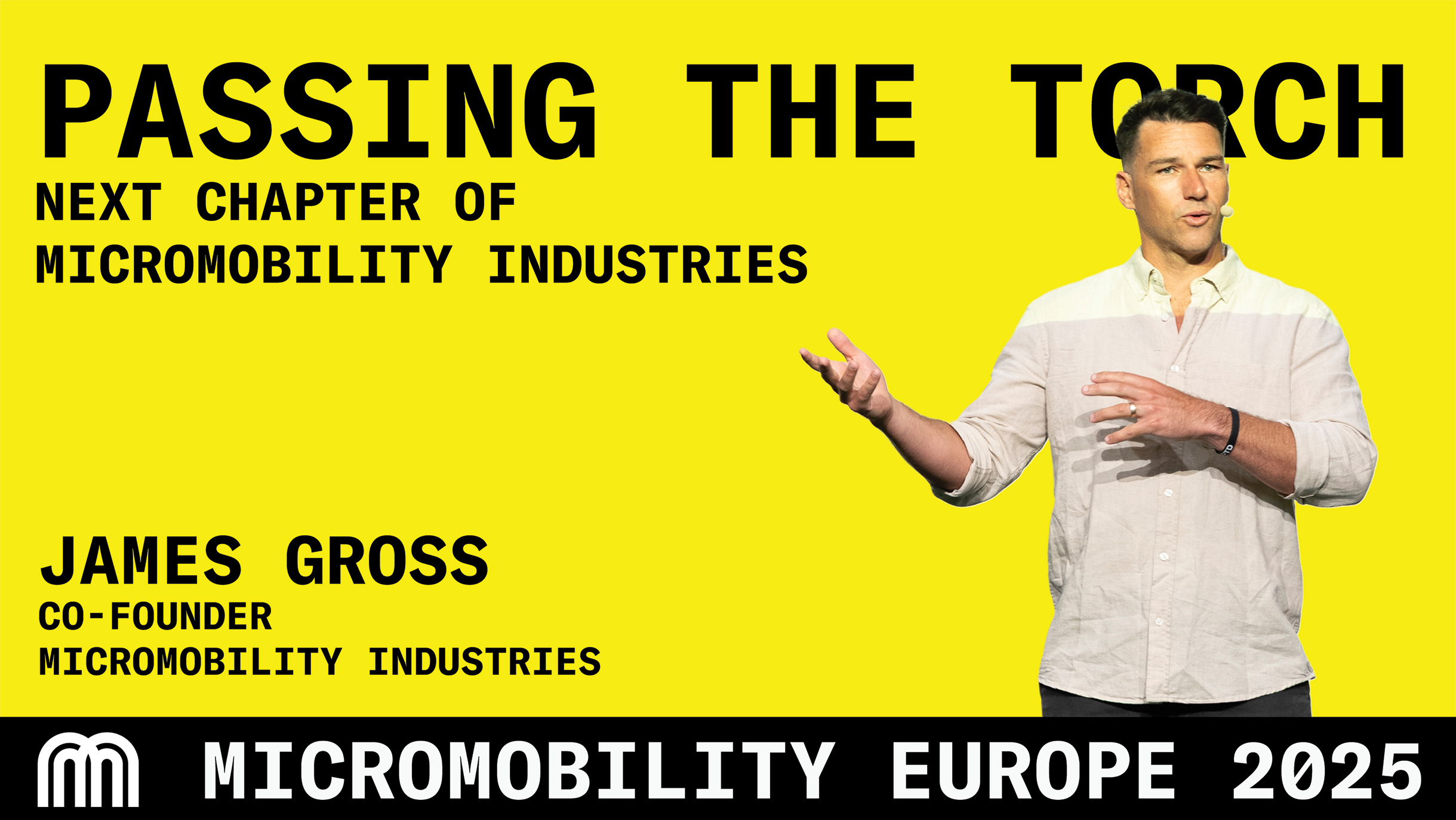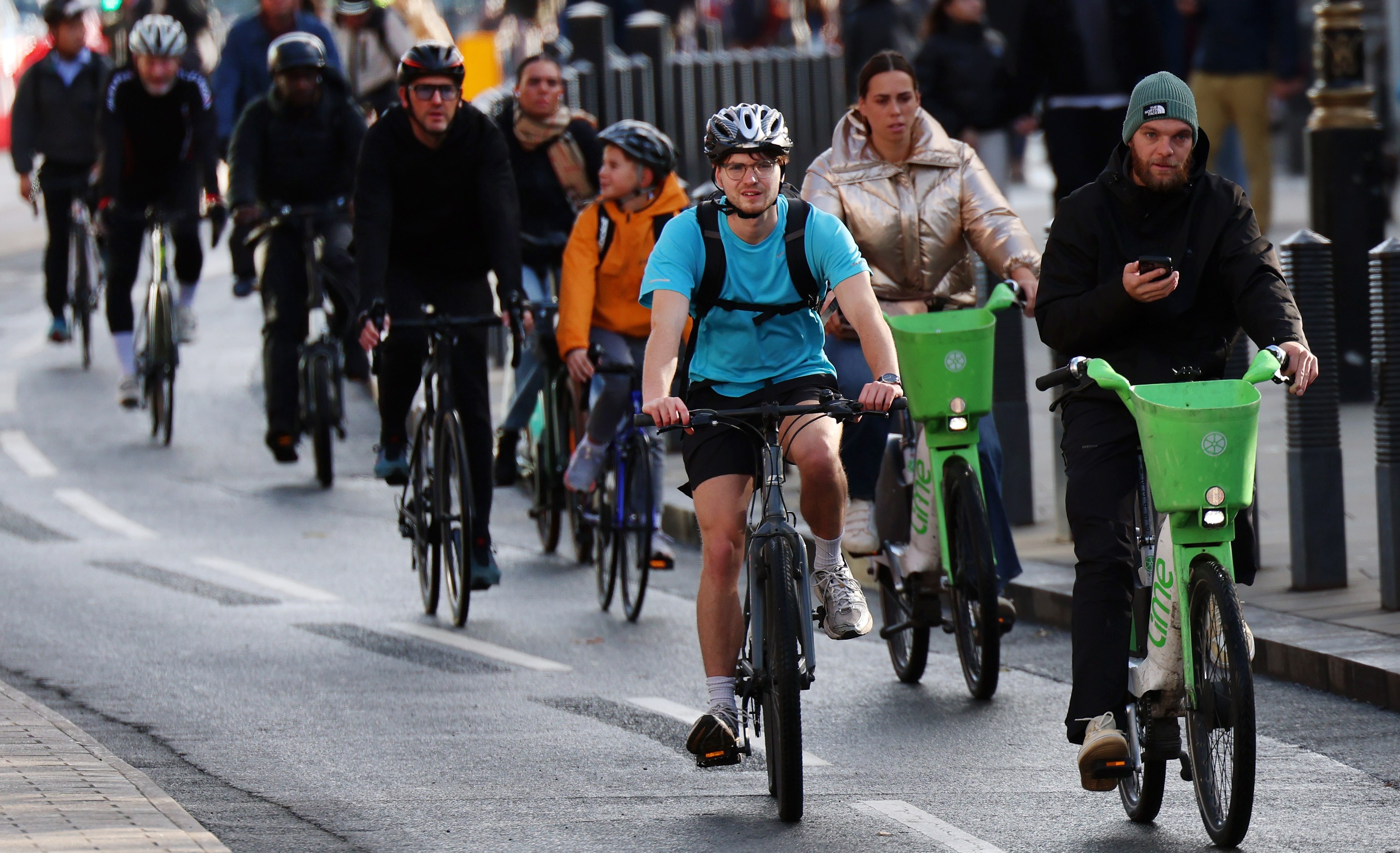What have the Dutch ever done for us?
The symbol of Holland is the windmill. It’s a charming, quaint structure, evocative of calm pastoral society. But the windmill was far more than an agrarian labor-saving device. It was the catalyst for the greatest urbanization innovation in history.
The geography of the land is, as the name Netherlands implies, low-lying and, being near the sea, marshy. Not at all useful for farming and thus left unoccupied and without claimants for millennia. Quite simply, it was inhospitable no-man’s land.
The land did have one thing in abundance, due again to its low-lying location: wind. With a machine that could harness the wind, enterprising Dutchmen began to deploy wind-power for pumping, using the wind to effectively reclaim land from the sea. They did not invent the windmill, used typically for grinding wheat (hence the “mill”) but re-purposed it to shifting water. To make land.
Such new land was called a polder, a peat-covered land rich in good soil.

Using this new technique about one fifth of the current area of the Netherlands was simply, created.

Pretty cool, right?
But this did not happen recently. It happened at a time when society in Europe was feudal. That means that power was defined by land and land was concentrated in the hands of a few (whose hands was determined by violence). This centralized control determined the political structures of the day. There were few free people. Most people were bonded labor: tied to the land their masters owned and masters were conductors for paid fealty to royalty.
The creation of new land meant the creation of a new state and a new polity. And as that creation was from the deployment of enterprise (i.e. ingenuity, labor-saving equipment aka capital) then the new state had to align along the new axis of power.
Polders required maintenance with a network of dykes. The high maintenance of dykes required powerful regional governments. The farmer/new land owners who innovated successfully were fully rewarded. The windmills and dykes required capital, hence capital markets. Dykes merged into canals and hence a new, man-made low-cost transport network. All this meant a new construct of cooperation and instrumentation.
As a result, by 1700 the Dutch were, by far, the world’s wealthiest people, with per-capita GDP twice the nearest country (which happened to be Italy). As a result of this, a third of the new republic was urbanized (vs. 15% Italy, 13% England and 9% France.)

All this despite two centuries of war. Everyone from Spain to France to England fought over these new lands.
Regardless, this led to the creation of unforeseen wealth. That wealth meant the population moved beyond subsistence, to surpluses. Surpluses seek new opportunities. As a result the Dutch invented another curiosity: finance.
In this crazy new land, anyone could purchase government securities, packaged as a multitude of instruments (Obligatien, Losrenten, Lijfrenten) which created liquidity and lowered risk.
Reduced investment risk led to an increased willingness to invest and thus lowered interest rates.
Low interest rates led to more demand and more trade.
More trade meant the need to yet more innovations such as the stock exchange, the commodities exchange, insurance, brokerage, and trading companies.
In 1606, The Dutch East India Company issued what has now been determined to be the oldest known stock certificate. The company was founded four years earlier in 1602 and was considered the first multi-national corporation. The Dutch invented capitalism.

All these ideas were first implemented in a singular location: a few blocks, in the center of Amsterdam, on reclaimed land.
The ideas came thick and fast: maritime insurance, retirement pensions and annuities, futures and options, transnational security listings, the mutual fund, and investment banking.
The result is plain to see: the cities of The Netherlands. The way they are is a reflection of when they were created. This was all pre-industrial, pre-steam engine, pre-mechanization. At a time when the world was divided between landed gentry and peasantry, the Dutch invented the middle class.
That is what the Dutch did for us.
Why is this forgotten? Mainly because steam happened a century later, in England, using Dutch financial instruments as the foundation. The layer we see is but the last one and the Dutch foundation of the modern world is buried beneath it.
Also because by the age of industrialization growth slowed in The Netherlands. When reclamation was exhausted Amsterdam became a financial center and it benefited less from market creation and more more from colonial exploitation.
It took a few centuries, but Amsterdam came back with a new innovation.
In the 20th century, as a legacy of its early urbanization, its infrastructures were not in keeping with the encroachment of automobility. In the 1970s, through unprecedented civic action, the people of Amsterdam created arguably the first instance of “people’s mobility” in the form of regulated and ubiquitous cycling infrastructures.
It was the first place in the world to carve space out from the car and give it to the bicycle.
Amsterdam became a pioneer once again. It was the home of the first bike sharing system. It was the first to build dedicated bike infrastructure and parking. The ideas of low-end innovation took root again in the form of Micromobiliteit. That is, beyond cycling to including personal motorization of a new kind, the electric drive, sharing and multi-modality.
As we gear up to meet in Amsterdam, it’s important to understand how instrumental this hallowed ground was to the way the world works today. But also to how the way the world will work in the future.
The scope of how the Dutch became a the first Micromobiliteit society is beyond scope here and there are many resources which tell this story. But it suffices to say that the roots are deep. Deep as the earth that was taken from the sea.
Interested in learning more about the intersection of urban design and micromobility? Join Micromobility Europe in Amsterdam on June 1-2 for two days of talks, meetings, and test-rides with the industry’s leading global players.

.svg)
%2Bcopy.jpeg)


.svg)












